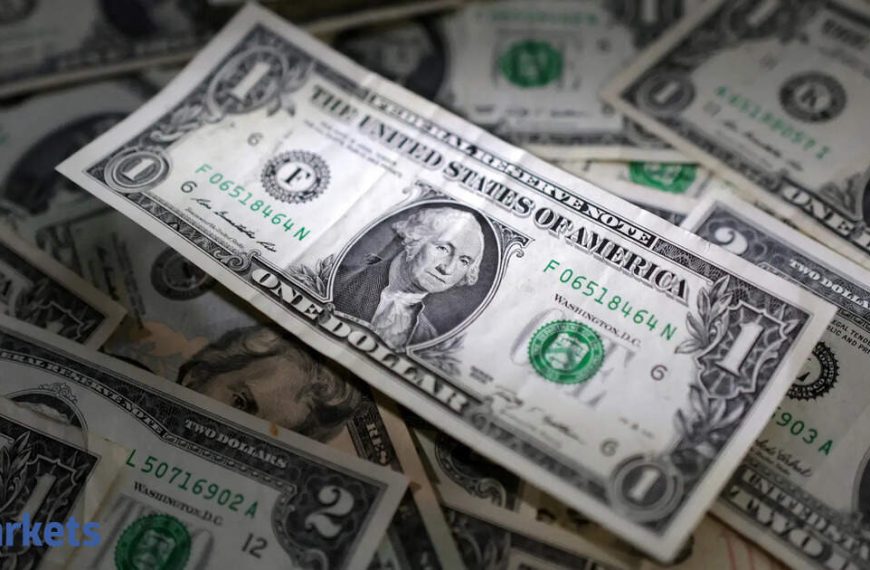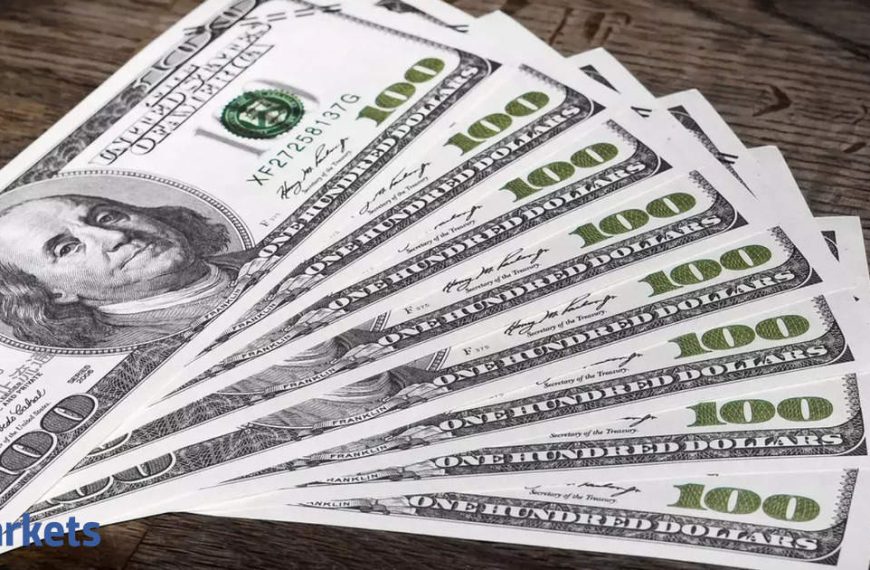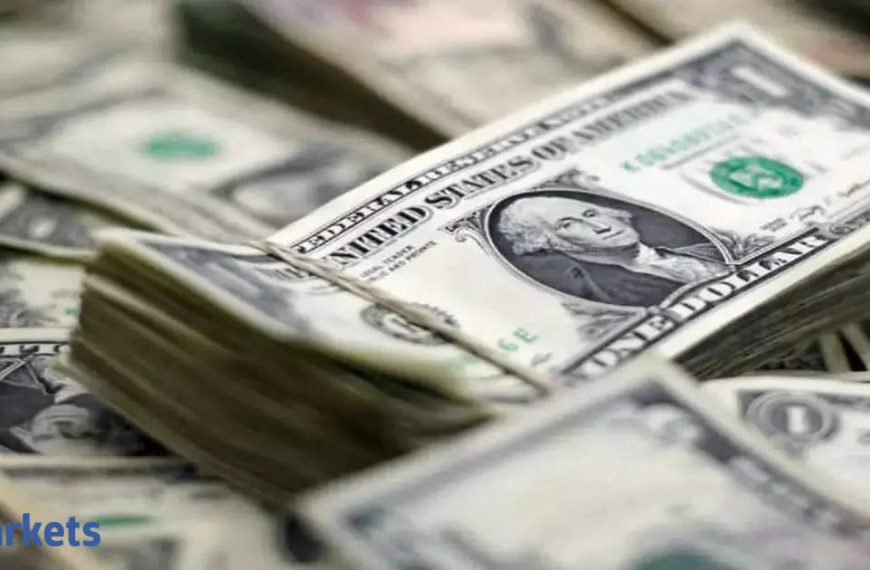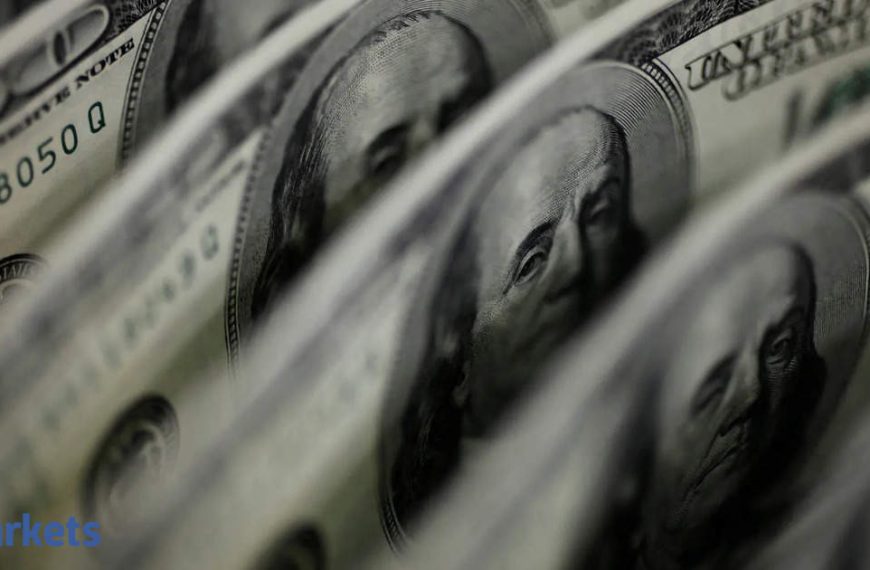The U.S. dollar experienced a modest increase on Friday, recovering from slight declines the previous day. As traders navigated the unpredictable landscape of the U.S. economy, they found themselves reacting to President Donald Trump’s inconsistent statements regarding trade negotiations and the role of the Federal Reserve.
Dollar’s Fluctuating Performance
Throughout the week, the dollar exhibited significant volatility. It initially fell by 1% against key currencies on Monday after Trump hinted at firing Fed Chair Jerome Powell for not implementing interest rate cuts quickly enough. However, the dollar rebounded sharply by 1.5% the following day when Trump claimed he had no plans to replace Powell and suggested a potential easing of tensions in the ongoing trade conflict with China.
Despite this brief optimism, the lack of concrete progress in talks with Beijing led to renewed declines later in the week. Overall, the dollar index, which gauges the currency’s strength against six major foreign currencies, is projected to rise by just 0.27% for the week, marking a halt to a four-week losing streak.
Uncertainty in U.S.-China Relations
Investors remain uncertain about the current status of U.S.-China relations. On Thursday, Chinese officials asserted that no trade discussions had taken place, contradicting Trump’s later claims of ongoing negotiations. By early Friday, the dollar stood at 143.08 yen, reflecting a 0.3% increase, and was up 4% at 0.8303 Swiss francs.
- Euro and Sterling Performance:
- The euro dipped by 0.3% to $1.1355.
- Sterling fell by 0.2% to $1.3314.
Progress in Trade Talks with Asian Allies
On a more positive note, the U.S. appears to be making strides in early trade discussions with South Korea and Japan. Following the first round of talks, Seoul’s delegation expressed optimism about creating a trade package before the suspension of reciprocal tariffs ends in July. Japanese Finance Minister also noted that there were no discussions about currency targets during his meeting with U.S. Treasury Secretary Scott Bessent.
According to analysts at Mizuho, if the perception of imminent tariff reductions spreads, it could positively impact negotiations with other countries and potentially strengthen the dollar against the yen back to 145. However, if negotiations falter, particularly with Japan, it raises concerns about the state of talks with China.
Inflation and Economic Indicators
On Thursday, Bank of Japan Governor Kazuo Ueda reiterated the central bank’s commitment to raising interest rates if inflation trends toward the 2% target. Recent data indicated that core consumer prices in Tokyo rose by 3.4% year-over-year in April, marking an acceleration for the second consecutive month. The BOJ is expected to maintain its current policy stance during its upcoming two-day meeting ending on May 1.
In the cryptocurrency market, Bitcoin showed slight gains, trading around $94,220, nearing its high of $94,489.92 from Wednesday, and marking its strongest level since early March.
In summary, the dollar’s trajectory reflects the complexities of U.S. economic policy and international trade relations, with traders remaining vigilant amidst fluctuating circumstances.











